

2019-01-25 13:34:00 Fri ET
trust perseverance resilience empathy compassion passion purpose vision mission life metaphors seamless integration critical success factors personal finance entrepreneur inspiration grit
Netflix raises its prices by 13% to 18% for U.S. subscribers. The immediate stock market price soars 6.5% as a result of this upward price adjustment. The baseline subscription now costs $9 (up from $8) per month. The most popular HD standard plan costs $13 (up from $11); and the 4K premium plan costs $16 (up from $14). These price increases take effect for new subscribers and will apply to the current Netflix subscribers in the next quarter. There are good economic reasons for these retail price increases. First, the U.S. aggregate demand for Netflix video streams is inelastic in the sense that price increases can compensate for any potential loss of current subscribers. Due to the low price elasticity of demand for Netflix original content, the same video streams are likely to boost sales and profits with minimal negative impact on the current scale of the Netflix subscriber network.
Second, Netflix requires greater cash inflows to strengthen its financial resilience. Meanwhile, Netflix borrows funds to close the cash-flow gap between regular cash outlays and revenue intakes. The recent price increases can therefore help reverse this financial situation. Historical experiences further support the business case for higher prices in light of the Netflix cash burnout dilemma. Overall, the recent Netflix price increases make much economic sense.
If any of our AYA Analytica financial health memos (FHM), blog posts, ebooks, newsletters, and notifications etc, or any other form of online content curation, involves potential copyright concerns, please feel free to contact us at service@ayafintech.network so that we can remove relevant content in response to any such request within a reasonable time frame.
2023-07-28 11:28:00 Friday ET
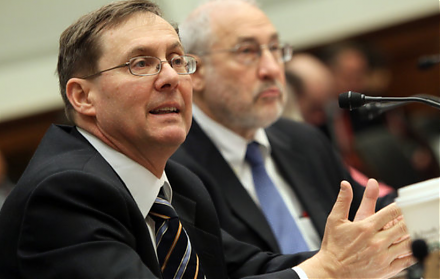
Lucian Bebchuk and Jesse Fried critique that executive pay often cannot help explain the stock return and operational performance of most U.S. public corpor
2018-06-03 07:35:00 Sunday ET
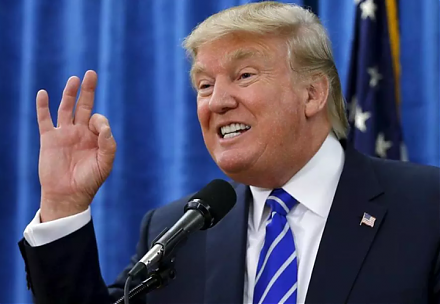
Several recent events explain why Trump may undermine multilateral world order. First, Trump withdraws the U.S. from the 12-nation Trans-Pacific Partnership
2020-09-03 10:26:00 Thursday ET
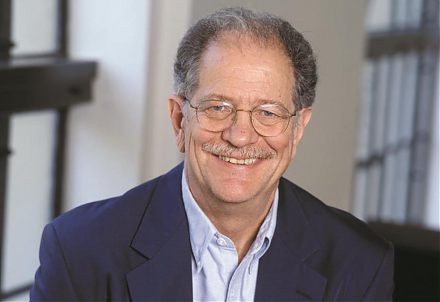
Agile business firms beat the odds by building faster institutional reflexes to anticipate plausible economic scenarios. Christopher Worley, Thomas Willi
2020-03-26 10:31:00 Thursday ET
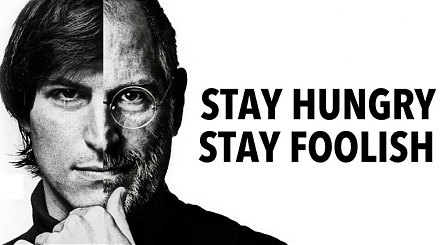
The unique controversial management style of Steve Jobs helps translate his business acumen into smart product development. Jay Elliot (2012) Leading
2019-10-31 13:38:00 Thursday ET
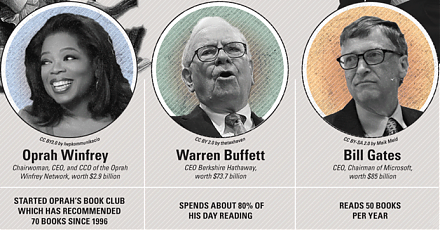
AYA Analytica finbuzz podcast channel on YouTube October 2019 In this podcast, we discuss several topical issues as of October 2019: (1)
2018-03-15 07:41:00 Thursday ET
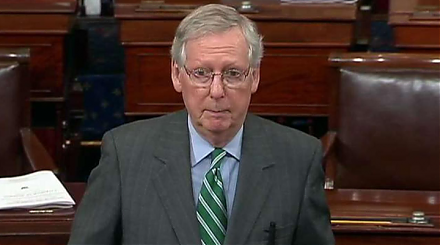
The Trump administration's $1.5 trillion hefty tax cuts and $1 trillion infrastructure expenditures may speed up the Federal Reserve interest rate hike